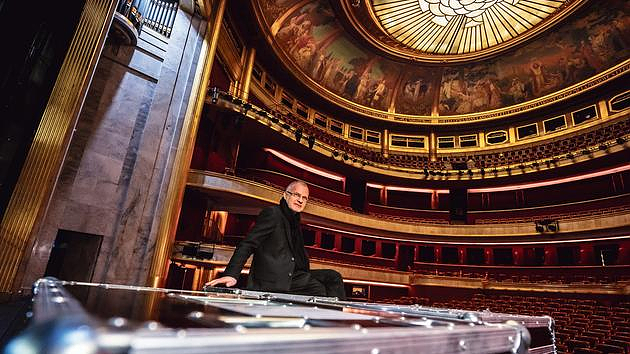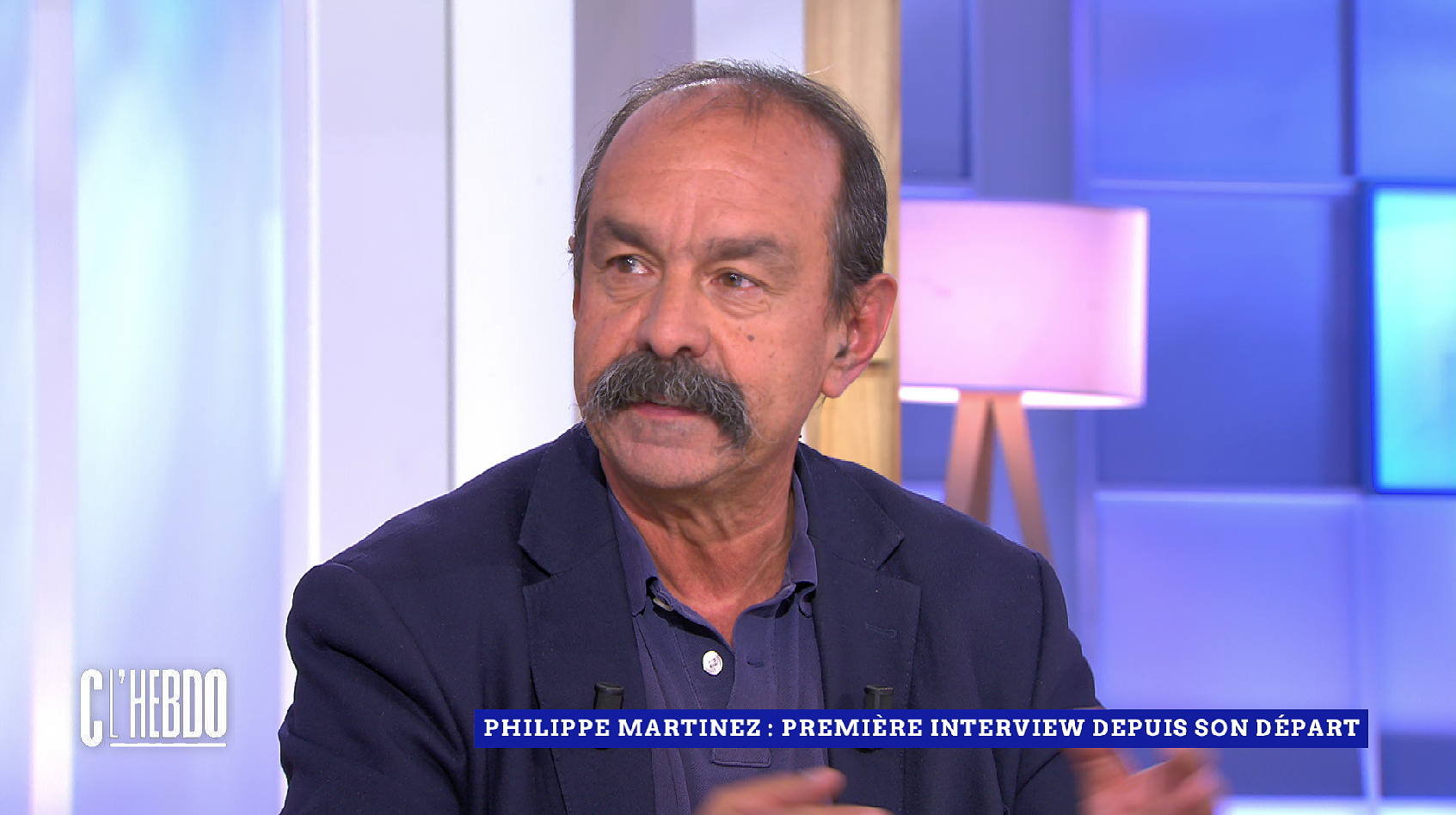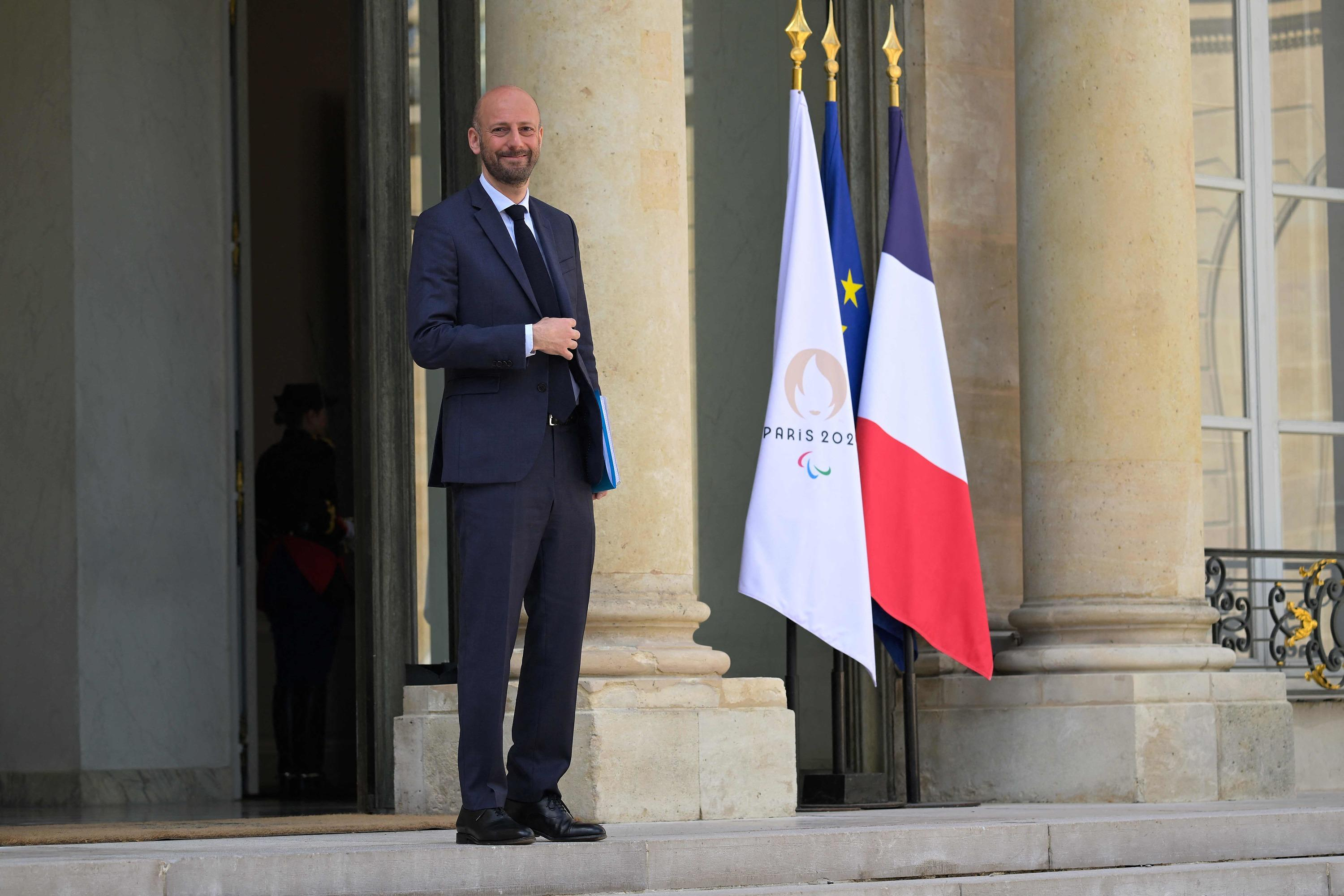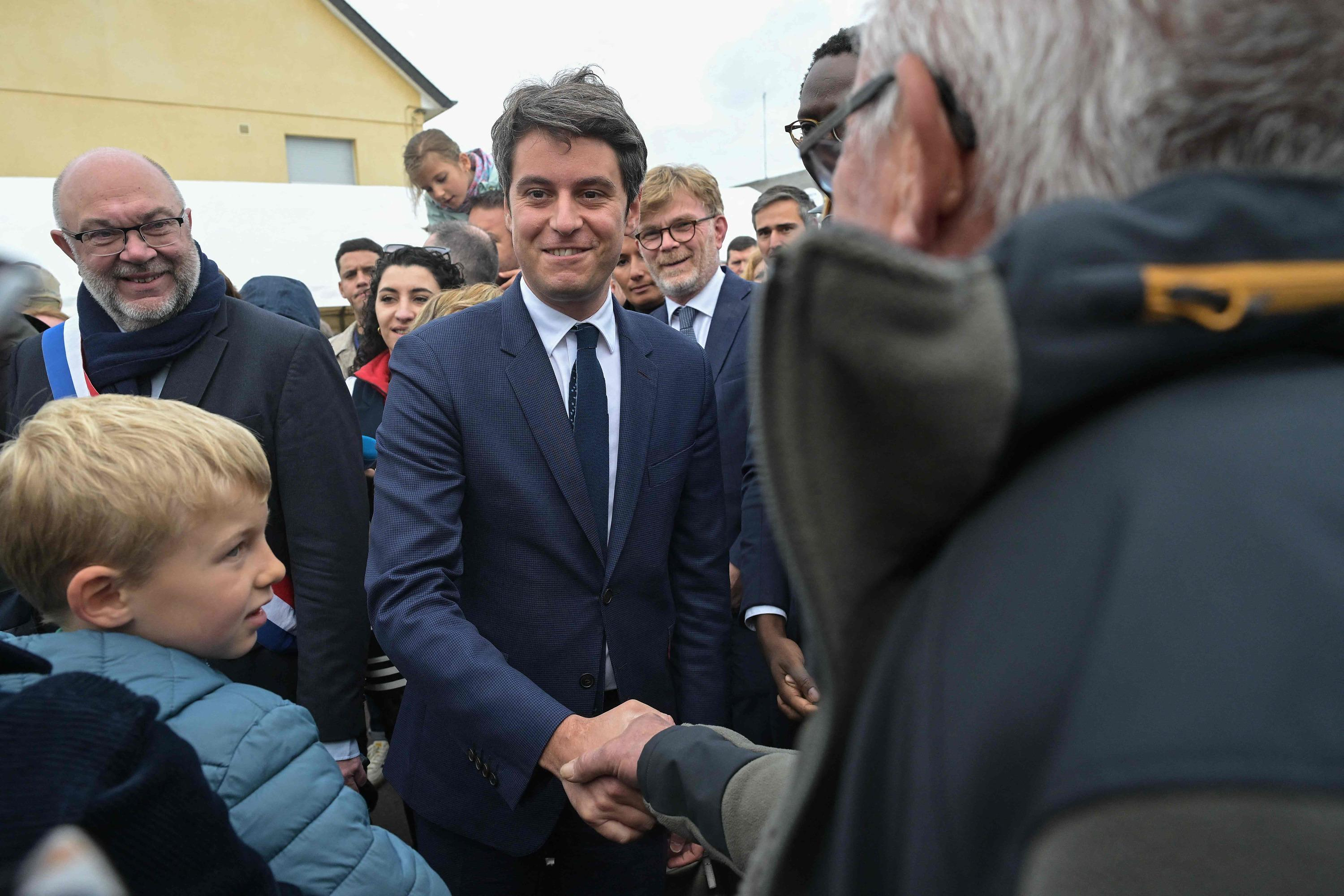“Life has passed, as if I had not lived,” says old Firs at the end of The Cherry Orchard. We have the same feeling with Michel Franck. Who saw fifteen years and three mandates at the head of the TCE slip by? And yet, they leave traces. Within the walls, the repertoire, the productions, the new generation of singers... The challenge was not self-evident. The Michel Franck years corresponded to an upheaval in the Parisian musical landscape with the opening of the Philharmonie and the new auditorium of the Maison de la radio. The TCE had to register with a sharp identity.
Michel Franck knew how to define it: between elegance and modernity, in exact harmony with the Art Deco setting of this theater, and thanks to the faithful and constant support of Caisse des Dépôts. The season which opens - masterful, with 178 curtain raisers - returns to these fifteen years of splendor: the Passion of Dusapin produced in 2010-2011 responds The Passion according to Saint John, both produced by Sasha Waltz. In addition to Handel who left his mark on the program, Semele is added this season.
Also read Julia Neugebauer, patronage missionary of the Théâtre des Champs-Élysées
The poignant Dialogues des carmalités created by Olivier Py in 2013-2014 and revived in 2017-2018 is once again on display. Added to this is a Mozart-Da Ponte Trilogy in concert version, in a nod to the first stage project that Michel Franck tackled when he worked for Jeanine Roze. And many other treasures including the Bruckner bicentenary celebrated by a range of orchestras, from the National with Jaap van Zweden to the Wiener Philharmoniker with Zubin Mehta. In the finale, The Knight of the Rose, edited by Warlikowski, a handover full of panache from Michel Franck to his successor, Baptiste Charroing. All in the room and online, thanks to free TCE Live on YouTube.
“When I arrived, I immediately wanted to expand the repertoire to include works from the 19th and 20th centuries,” he recalls. Verdi, Weber, which we previously welcomed in concert version, by placing the orchestra on stage, could now be given in stage version. “For this it was first necessary to enlarge the orchestra pit and find the one from 1913.” Where The Rite of Spring was created for the inauguration of the hall with choreography by Nijinsky. Michel Franck intended for it to be performed again for the theater's centenary, in 2013, and for dance to find its place there in the process.
In 2010, work began: pit, floor, understage, modernized hangers and chairs changed for more comfort. From then on, opera productions took on new momentum with works and directors that had never been seen in this theater. “To choose them, I wanted to remember Misia Sert and Anna de Noailles, experts in transversality: I proposed productions to choreographers, like Saburo Teshigawara, directors, like James Gray or Cédric Klapisch, great couturiers, like Christian Lacroix,” says Michel Franck. Thanks to this impulse, the TCE found itself in the game of international co-productions. “This season we will have seven productions on eight stages around the world, from Così by Laurent Pelly in Tokyo to Semele by Oliver Mears in London. But I also wanted to put on pieces with regional operas: The Magic Flute by Klapisch will be in Nice and Julius Caesar by Michieletto, at the Capitole,” says Michel Franck.
These productions benefit from his talent as a discoverer. Because this theater director has the particularity of having always been passionate about young talents. During his fifteen years at the head of the TCE, he brought out a new generation of singers: Vannina Santoni, Éléonore Pancrazi, Igor Levit and Marina Viotti, who we will see this season in Werther and The Knight of the Rose. In the same vein, he was able to forge special links with orchestras. The Wiener Philharmoniker, the Staatskapelle of Dresden, the Orchester national de France, a residence of the Siècles, and new links forged with Yannick Nézet-Séguin and the Rotterdam Orchestra, Andris Nelsons and Birmingham…
Also readDeficits, absence of director... What future for the Odéon-Théâtre de l’Europe?
This growth required two more devices. One, in favor of youth: in parallel with one of the season's opera productions, Michel Franck launched a participatory opera, a reduced version produced with schoolchildren. Young singers were to be revealed there at the same time as a new audience was introduced to lyrical music. The other, in favor of theater resources: again in 2013, during the centenary evening, Michel Franck created the Circle of Patrons. Ten years later, the atmosphere has remained friendly and participation truly active since its 350 members today provide more than 10% of the theater's resources. Well done, artist!
www.theatrechampselysees.fr

 B:SM will break its investment record this year with 62 million euros
B:SM will break its investment record this year with 62 million euros War in Ukraine: when kyiv attacks Russia with inflatable balloons loaded with explosives
War in Ukraine: when kyiv attacks Russia with inflatable balloons loaded with explosives United States: divided on the question of presidential immunity, the Supreme Court offers respite to Trump
United States: divided on the question of presidential immunity, the Supreme Court offers respite to Trump Maurizio Molinari: “the Scurati affair, a European injury”
Maurizio Molinari: “the Scurati affair, a European injury” Beware of the three main sources of poisoning in children
Beware of the three main sources of poisoning in children First three cases of “native” cholera confirmed in Mayotte
First three cases of “native” cholera confirmed in Mayotte Meningitis: compulsory vaccination for babies will be extended in 2025
Meningitis: compulsory vaccination for babies will be extended in 2025 Spain is the country in the European Union with the most overqualified workers for their jobs
Spain is the country in the European Union with the most overqualified workers for their jobs In the United States, a Boeing 767 loses its emergency slide shortly after takeoff
In the United States, a Boeing 767 loses its emergency slide shortly after takeoff The A13 motorway will not reopen on May 1
The A13 motorway will not reopen on May 1 More than 1,500 items for less than 1 euro: the Dutch discounter Action opens a third store in Paris
More than 1,500 items for less than 1 euro: the Dutch discounter Action opens a third store in Paris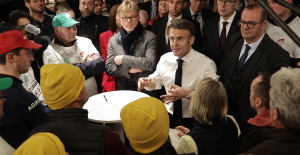 100 million euros in loans, water storage, Ecophyto plan… New measures from the executive towards farmers
100 million euros in loans, water storage, Ecophyto plan… New measures from the executive towards farmers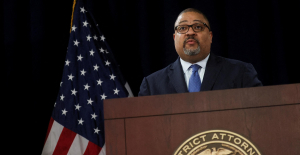 New York justice returns 30 works of art looted from Cambodia and Indonesia
New York justice returns 30 works of art looted from Cambodia and Indonesia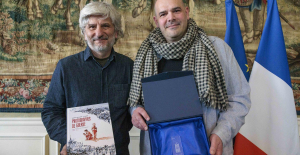 Les Galons de la BD dedicates War Photographers, a virtuoso album on the Spanish War
Les Galons de la BD dedicates War Photographers, a virtuoso album on the Spanish War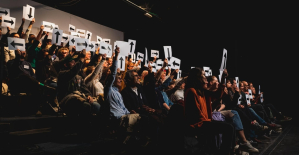 Theater: Kevin, or the example of an academic failure
Theater: Kevin, or the example of an academic failure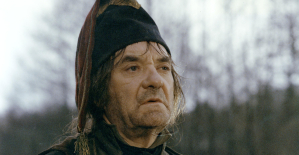 The eye of the INA: Jean Carmet, the thirst for life of a great actor
The eye of the INA: Jean Carmet, the thirst for life of a great actor Skoda Kodiaq 2024: a 'beast' plug-in hybrid SUV
Skoda Kodiaq 2024: a 'beast' plug-in hybrid SUV Tesla launches a new Model Y with 600 km of autonomy at a "more accessible price"
Tesla launches a new Model Y with 600 km of autonomy at a "more accessible price" The 10 best-selling cars in March 2024 in Spain: sales fall due to Easter
The 10 best-selling cars in March 2024 in Spain: sales fall due to Easter A private jet company buys more than 100 flying cars
A private jet company buys more than 100 flying cars This is how housing prices have changed in Spain in the last decade
This is how housing prices have changed in Spain in the last decade The home mortgage firm drops 10% in January and interest soars to 3.46%
The home mortgage firm drops 10% in January and interest soars to 3.46% The jewel of the Rocío de Nagüeles urbanization: a dream villa in Marbella
The jewel of the Rocío de Nagüeles urbanization: a dream villa in Marbella Rental prices grow by 7.3% in February: where does it go up and where does it go down?
Rental prices grow by 7.3% in February: where does it go up and where does it go down? Even on a mission for NATO, the Charles-de-Gaulle remains under French control, Lecornu responds to Mélenchon
Even on a mission for NATO, the Charles-de-Gaulle remains under French control, Lecornu responds to Mélenchon “Deadly Europe”, “economic decline”, immigration… What to remember from Emmanuel Macron’s speech at the Sorbonne
“Deadly Europe”, “economic decline”, immigration… What to remember from Emmanuel Macron’s speech at the Sorbonne Sale of Biogaran: The Republicans write to Emmanuel Macron
Sale of Biogaran: The Republicans write to Emmanuel Macron Europeans: “All those who claim that we don’t need Europe are liars”, criticizes Bayrou
Europeans: “All those who claim that we don’t need Europe are liars”, criticizes Bayrou These French cities that will boycott the World Cup in Qatar
These French cities that will boycott the World Cup in Qatar Toulouse-Racing 92: The liberating entry of Antoine Dupont, the Ile-de-France shipwreck... The tops and the flops
Toulouse-Racing 92: The liberating entry of Antoine Dupont, the Ile-de-France shipwreck... The tops and the flops Premier League: Sheffield United relegated after heavy defeat against Newcastle
Premier League: Sheffield United relegated after heavy defeat against Newcastle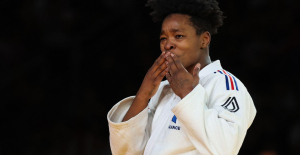 Judo: Audrey Tcheuméo consoles herself with a 5th European coronation
Judo: Audrey Tcheuméo consoles herself with a 5th European coronation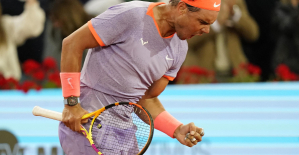 Tennis: in Madrid, Rafael Nadal wins his revenge against Alex De Minaur
Tennis: in Madrid, Rafael Nadal wins his revenge against Alex De Minaur